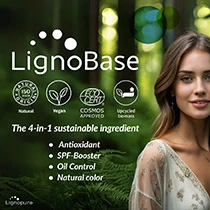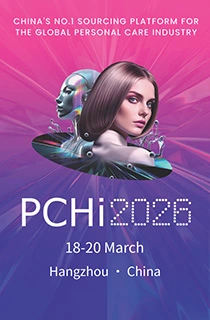Cosmecca Korea opens R&D institute to ramp up K-beauty development
Key takeaways
- Cosmecca Korea has opened a new R&D center to boost its K-beauty product development.
- The site brings research, marketing, sales, and support teams together.
- The facility is designed to help bring new beauty products to market faster.

Cosmecca Korea has completed its Central Research Institute in Pangyo, South Korea, officially beginning full-scale operations to expand its K-beauty R&D capabilities. The K-beauty contract manufacturer will also pursue technology alliances with global beauty brands and expand its cooperation network.
Cosmecca Korea plans to foster an open innovation ecosystem with support from the Gyeonggi Province. The collaboration aims to create partnerships for joint research with start-ups and ingredient developers.
The new headquarters brings together research, sales, marketing, and management support to improve collaboration and speed up lead times for new cosmetic products. The facility houses laboratories, sample production rooms, and legal review spaces. This co-development system is designed to shorten product development cycles.
Cosmecca Korea says the upgraded environment will boost creativity, operational efficiency, and employee satisfaction. It also aims to support open innovation with start-ups, global brands, and technology partners.
“Based on our 25 years of accumulation of technology and trust, we start a new leap toward companies for 100 years,” says Cosmecca Korea chairman Cho Im-rae.
He emphasizes the company’s long-term vision and plans to deliver value to customers “at the highest speed in an optimal environment.”
The company emphasizes its commitment to an innovative hybrid work culture, stating that “in order to realize an innovative office environment where ‘speed-oriented work efficiency’ and ‘creativity-oriented research culture’ coexist, we have also expanded collaborative conference rooms and open lounges.”
Need for speed
The Central Research Institute is positioned as a next-generation hub for K-beauty research and development. Its build reflects market demand for faster innovation cycles in the global cosmetics market.
We previously spoke with experts from Accenture and Atelier about lagging lead times. They told us many brands operate with development cycles beyond a year, despite strong consumer appetite for new products.
The Korea Customs Service recently announced that the country’s cosmetics exports have surged to a record US$8.52 billion in the first nine months of 2025, up 15.4% from last year.
Heightened global demand for K-beauty has inspired multiple moves across the industry, including domestic sourcing partnerships to eliminate import barriers and the construction of manufacturing facilities directly in the US.












